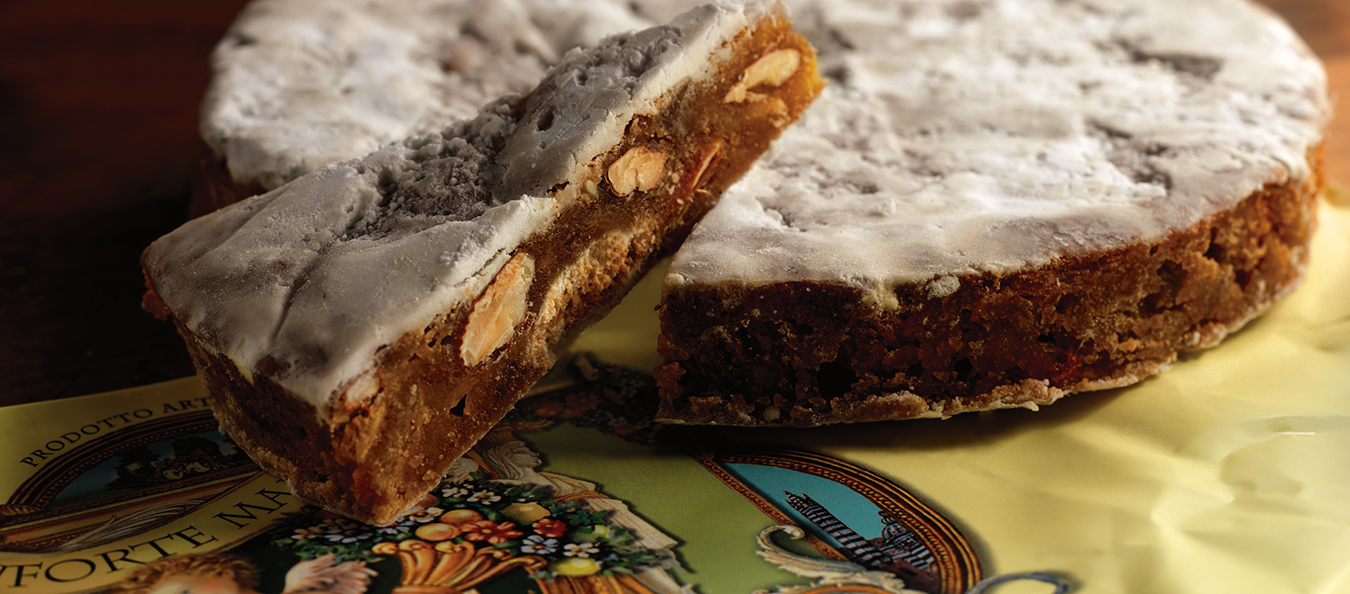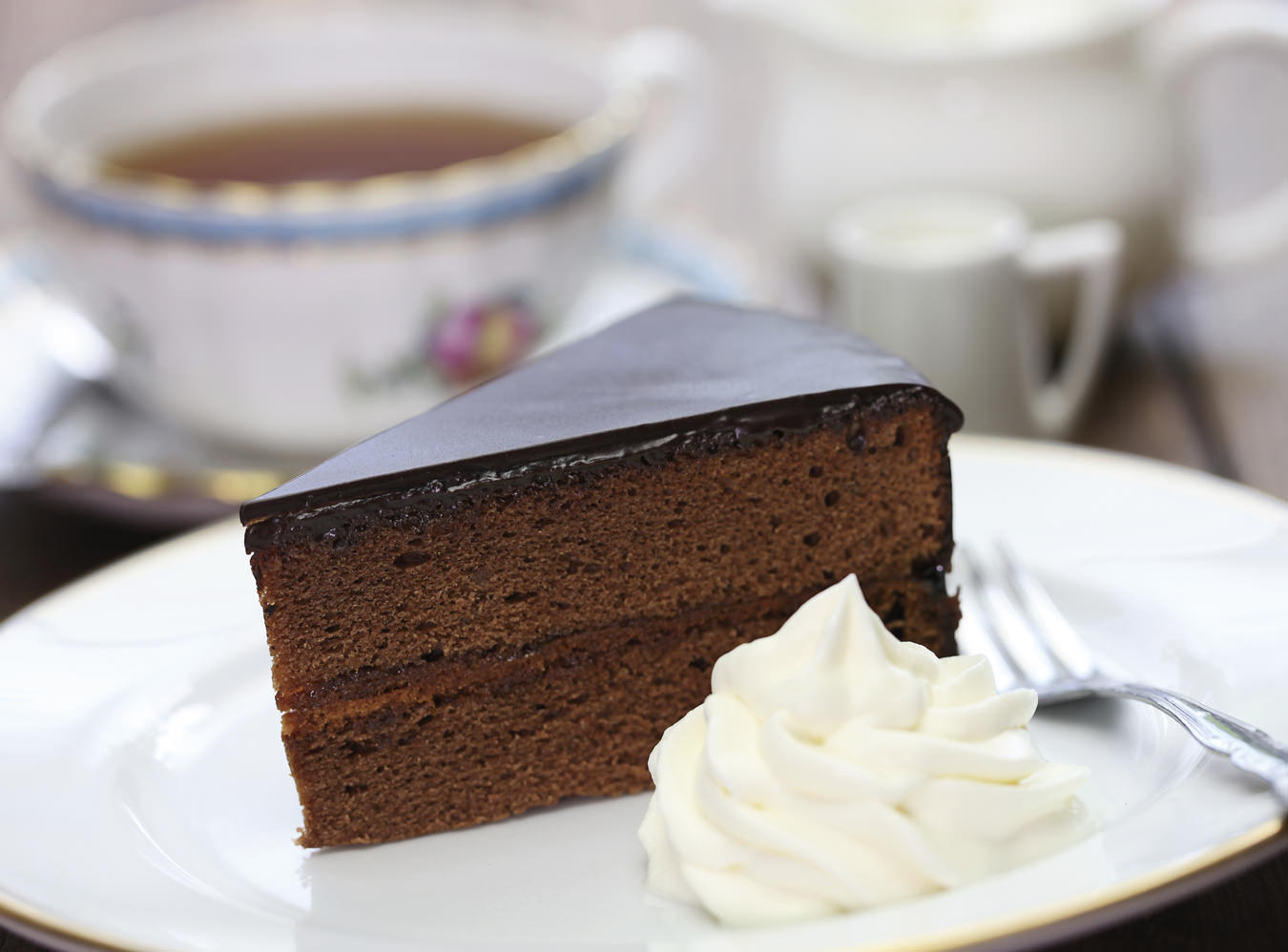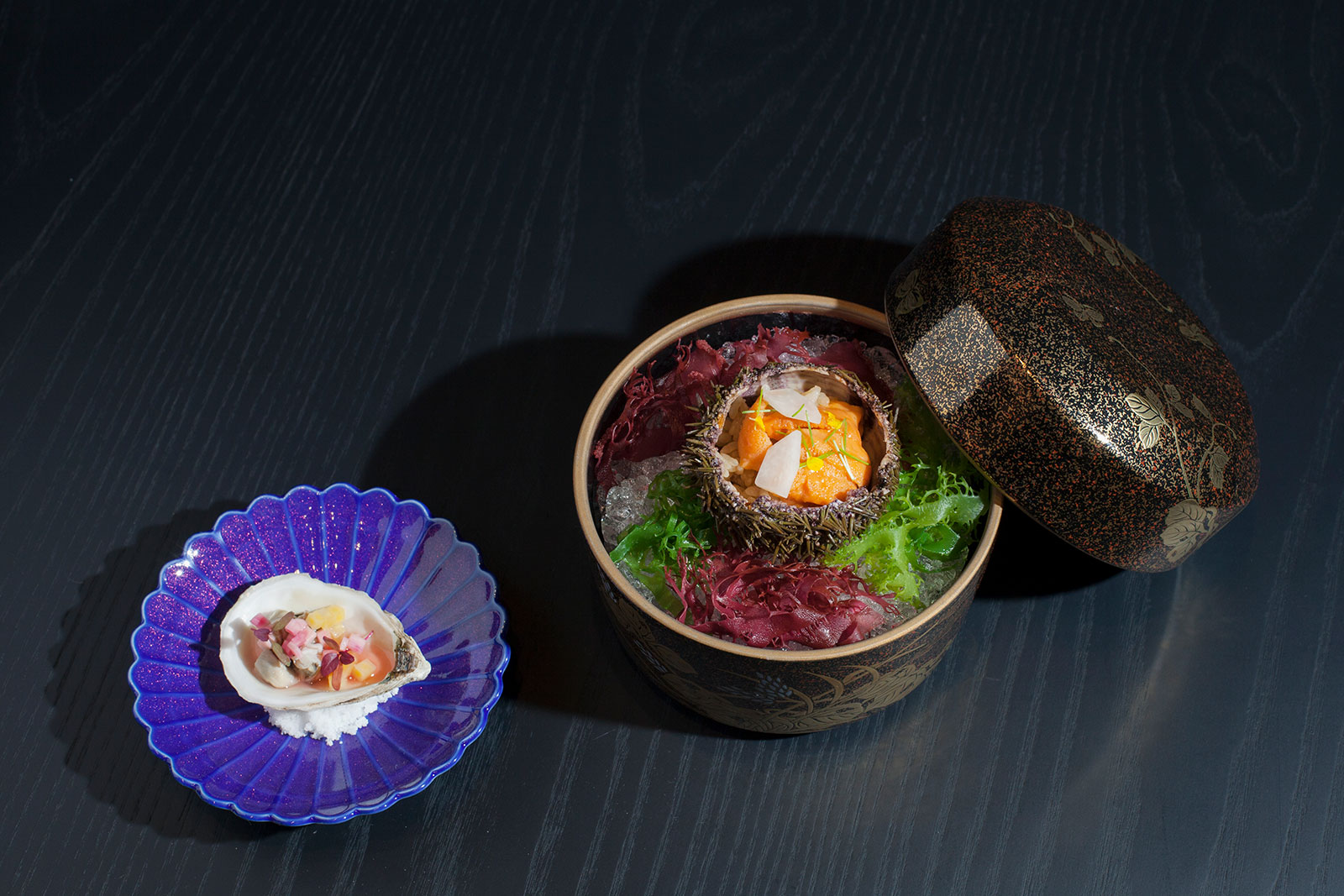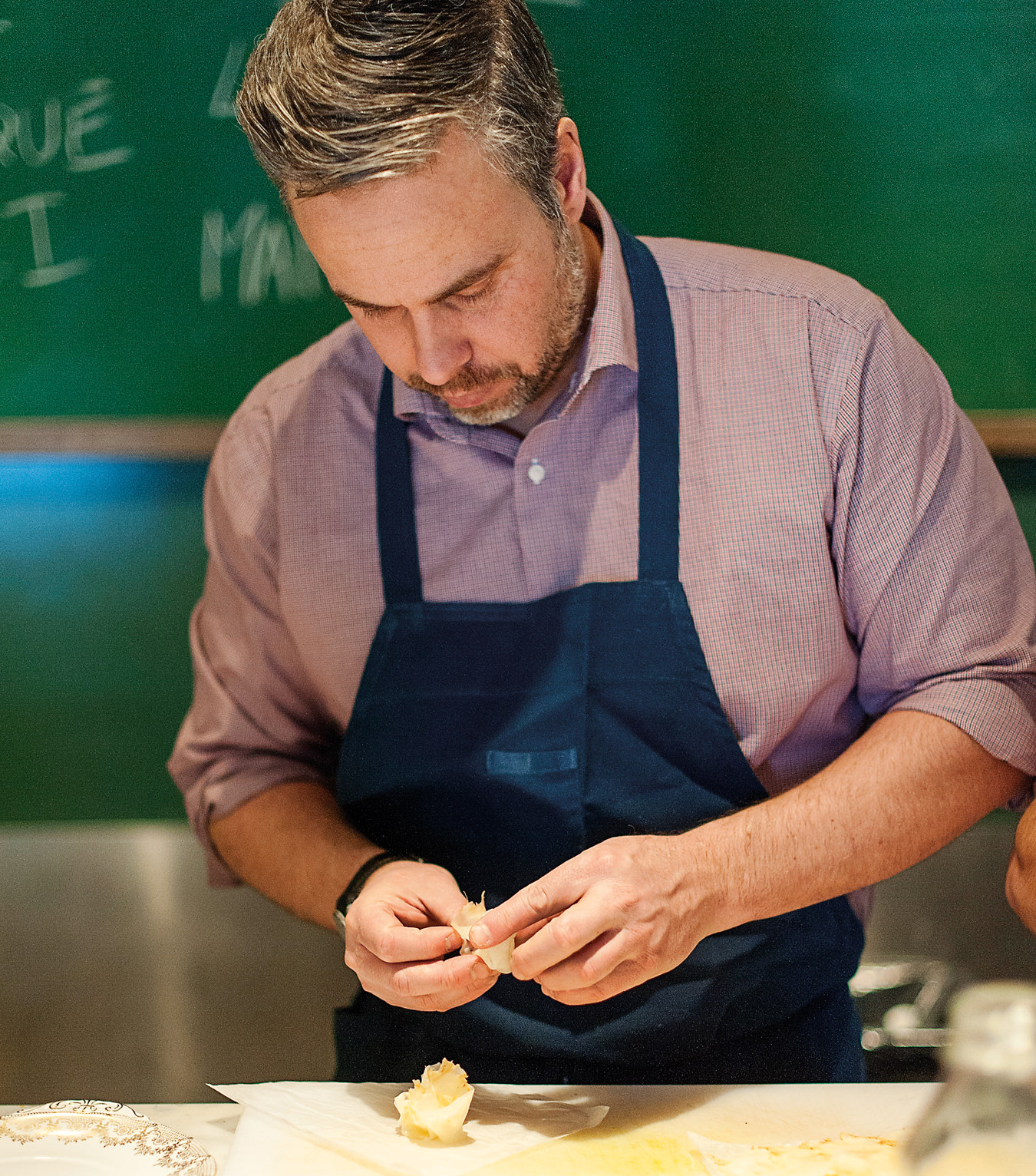Panforte
A taste of Siena.

Someone must love Christmas cake, or they wouldn’t keep making the stuff. Not me—I have always considered it glorified building material. But I do love Siena. And that Italian city, famous for its Palio horse race and soaring medieval tower, is also renowned for a regional delicacy called panforte. Which, to the uninitiated, looks a lot like Christmas cake.
Until recently, I was vigorously and enthusiastically uninitiated. I wanted no part of panforte. Repeat visits to this former Tuscan republic have suggested that it might be time for a change in attitude. After all, if I want to enjoy a continuing welcome in one of my favourite destinations, I should probably get with the civic program and jump into the panforte.
In the shops of Siena, panforte is almost as ubiquitous as postcards. Dense, dark brown wheels that come wrapped in decorative wax paper, they are the gifts of choice for visitors. As a symbol of Siena, a wheel of panforte works better than a T-shirt and will probably keep just as long. Like its Christmas cousin, this stuff never seems to go bad.
Although panforte comes in a number of varieties, there are two basic types. Margherita is considered the standard variety, often called classico by locals. Nuts and candied fruit are bonded with a syrup of flour, sugar, and honey. Vanilla is used as well. The main variation, panpepato, is also known as panforte nero. It is firmer than Margherita—an effect apparently created by using different nuts in the batter—and it omits the vanilla and adds a layer of pepper and sweet spices like cinnamon and ginger. The latter ingredients provide a clue not only to the creation of panforte but of the city itself. Siena’s illustrious past is evident not only in its architecture, but in its favourite snack.
“Panforte is a legacy of Siena’s history in the spice trade,” says Wes Kennison of the State University of New York at Geneseo, a regular visitor to Siena. “Banking and spices were the principal trades in Siena, and both involved a strong connection to the Middle East. Sienese bankers were the first in Italy to start using Arabic numbers, which gave them a big advantage. And the spice trade was a natural since spices were easy to carry uphill.”
There are written references to panforte dating back at least to the 13th century. Some claim a connection between Siena’s most famous recipe and its most famous race—17 ingredients in a traditional panforte recipe corresponding to the 17 contrade, or neighbourhood organizations, that compete in the heated Palio race every summer. A nice theory, but one that no Sienese I spoke to could confirm.
Anything that’s been around that long will be subject to some tinkering, and panforte comes in both regional and local variations. Naturally, a chocolate panforte exists, and 35 kilometres from Siena in beautiful San Gimignano, tourists can buy a local version made with almonds called mandorlato. Another type features a layer of marzipan.
I have always hated marzipan. I don’t like its friends either. But I have made a pledge to sample panforte. Try I must.
For my first panforte I decide to go with the panpepato, or nero, variety. It seems the most interesting of the group. I can’t imagine how the sugar and spice will combine. One night when there’s nothing left open but pizzerias, I step into a little shop on a Siena side street. On display are slices of pizza, focaccia, and local delicacies, including, of course, the city’s signature cake. The proprietor cuts me a slice of panpepato and offers it up on wax paper.
It’s heavy. And chewy. One bite is enough to understand why ancient Sienese travellers prized this confection as the perfect road snack—you don’t need much of it. One bite lasts you a while. Whether or not there’s a real Palio connection to the recipe, panforte certainly is great food for spectators. When race day comes and you are standing for hours in Siena’s Piazza del Campo trying to save your choice spot, it makes a perfect high-energy snack. (Later, a friend points out that the ingredients are nearly indistinguishable from those of a popular energy bar—just fewer spices than panforte and a lot more marketing.)
One bite is also enough to figure out that panforte nero is not Christmas cake. Some of the same candied-fruit tang is there. But panforte is nuttier, and there’s a definite second act when the spices kick in to provide a complex, lingering flavour. Surprise: I like it.
Later I try Margherita. As expected, it’s a little softer and a little sweeter, leaning more on the candied fruit. The chocolate variety tastes like chocolate. The other kind probably tastes like marzipan, but I cannot and will not confirm that.
My week in Siena complete, I am on the train headed out of town. It’s always sad to leave. But this time at least I have a bit of Siena to take along—a nice big slice of panpepato in my bag. It should get me through the trip. Hell, if I’m careful, it might last me till Christmas.








